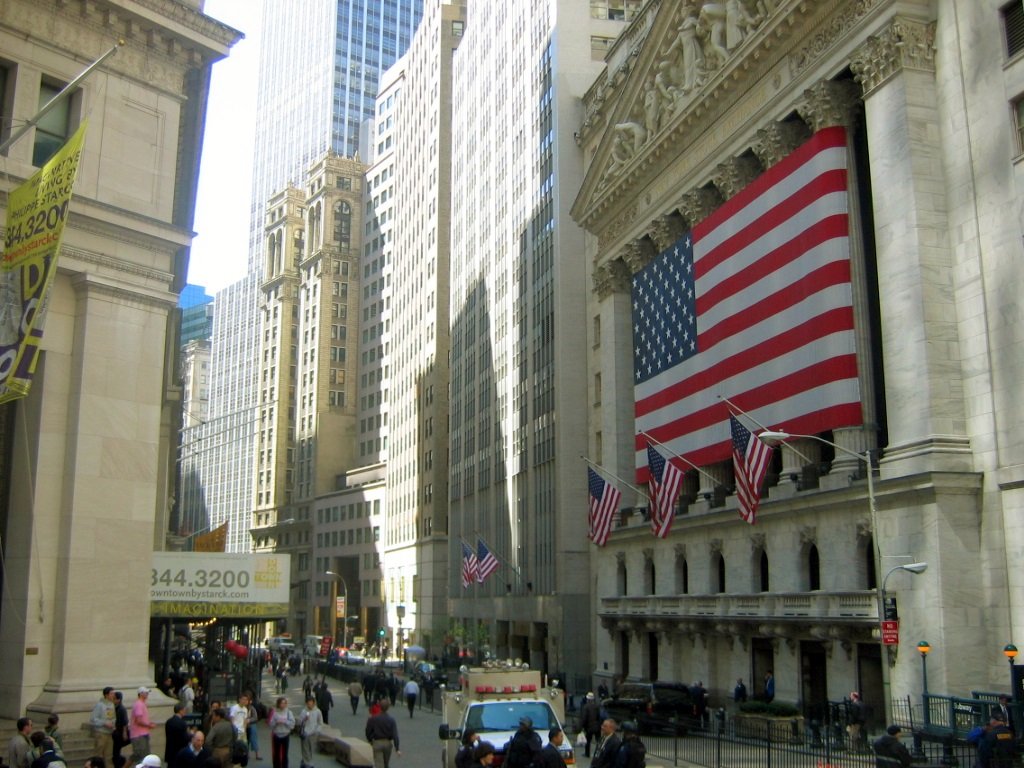The Dow Jones, the S&P 500, and the Nasdaq advanced on a weekly basis following optimism that the Omicron variant of coronavirus may have smaller effects on the U.S. economy than initially feared.
Studies showed that Omicron might produce milder symptoms, but we will need more time to understand the new variant and have a clearer picture of how it may affect global growth.
Are you looking for fast-news, hot-tips and market analysis?
Sign-up for the Invezz newsletter, today.
On the other side, the inflation had spread more than previously expected, and the United States reported that inflation rose to 6.8% in November, the highest level in nearly 40 years.
The University of Michigan’s preliminary consumer sentiment index rose to 70.4 in December from 67.4 in November, and inflation remains the most serious problem for the U.S. economy.
The consumer price index also includes categories such as housing, apparel, travel, food, and medical care, and it showed that price gains were not isolated to just vehicle and energy sectors.
According to Fed Chair Jerome Powell, the U.S. central bank will consider a faster wind-down of its bond-buying program, while Christoph Balz, an analyst from Commerzbank, expects that the pace of tapering will probably double to $30 billion per month from the current $15 billion.
Pulling off support programs is the first step towards tightening, and the chances of one or two rate hikes in 2022 have increased.
The rising inflation represents a threat for the economy, while Ian Shepherdson, chief economist at Pantheon Macroeconomics, added;
The inflation data will worsen by the end of the Federal Reserve’s asset purchases in March, and U.S. interest rates are expected to increase in May despite the regulator’s outlook of “much better†inflation for the end of 2022 through early 2023.
S&P 500 up 3.82% on a weekly basis
For the week, S&P 500 (SPX) booked a 3.82% increase and reached a new closing record at 4,712 points.

This is S&P 500’s first weekly gain since the week ended November 19, and the next resistance level stands at 4,800 points.
4,600 points represent the first support level, and if the price falls below it, it would be a “sell†signal, and we have the open way to 4,500 points.
DJIA up 4.02% on a weekly basis
The Dow Jones Industrial Average (DJIA) advanced 4.02% for the week and closed at 35,971 points.

The Dow Jones Industrial Average continues to trade in a bull market; still, if the price falls below 35,000 points, it would be a “sell†signal, and we have the open way to 34,500 points.
Nasdaq Composite up 3.61% on a weekly basis
For the week, the Nasdaq Composite (COMP) booked a 3.61% increase and closed at 15,630 points.

If the price jumps above 16,000 points, it would be a bullish confirmation for this index.
The strong support level stands at 15,000 points, and if the price falls below this level, the next target could be 14,500 points.
Summary
Wall Street’s three main indexes advanced on a weekly basis following optimism that the Omicron variant of coronavirus may have smaller effects on the U.S. economy than initially feared. The United States reported that inflation rose to the highest level in nearly 40 years, and the U.S. central bank will consider a faster wind-down of its bond-buying program.
Where to buy right now
To invest simply and easily, users need a low-fee broker with a track record of reliability. The following brokers are highly rated, recognised worldwide, and safe to use:
- Etoro, trusted by over 13m users worldwide. Register here >
- bitFlyer, simple, easy to use and regulated. Register here >





